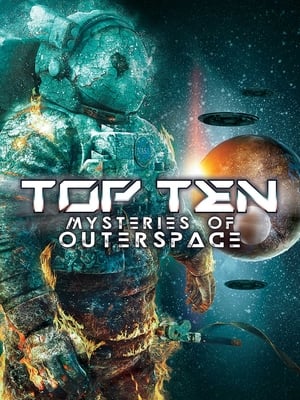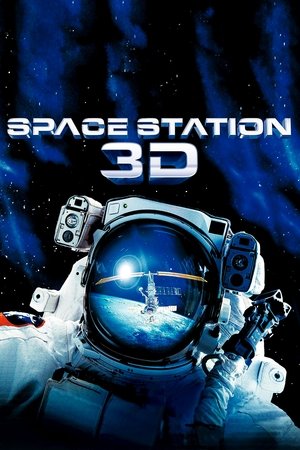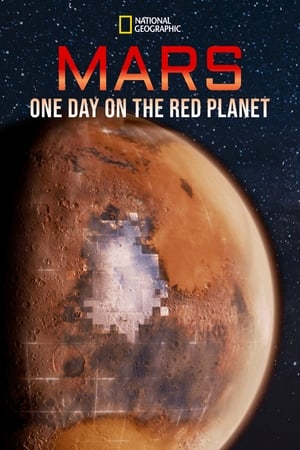Overview
As modern societies rely more on high-speed Internet via satellites, a new space race is reshaping global geopolitics. Elon Musk's Starlink, with over 3,000 satellites, aims to deliver Internet worldwide, sparking concerns about private control. Meanwhile, Jeff Bezos, China, and the EU's Iris project join the competition.

 53 min
53 min
 8
8
 2023
2023
 France
France


















